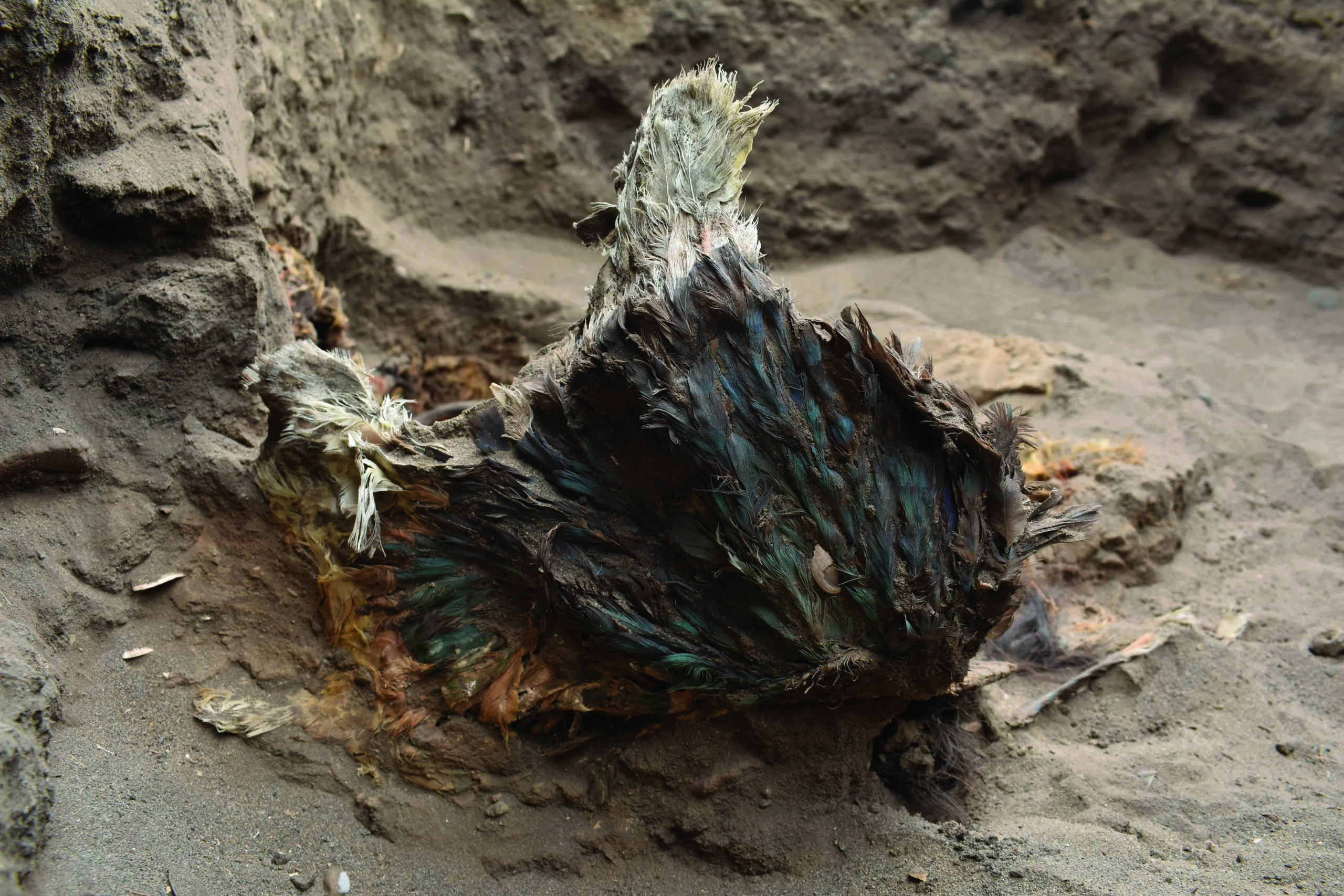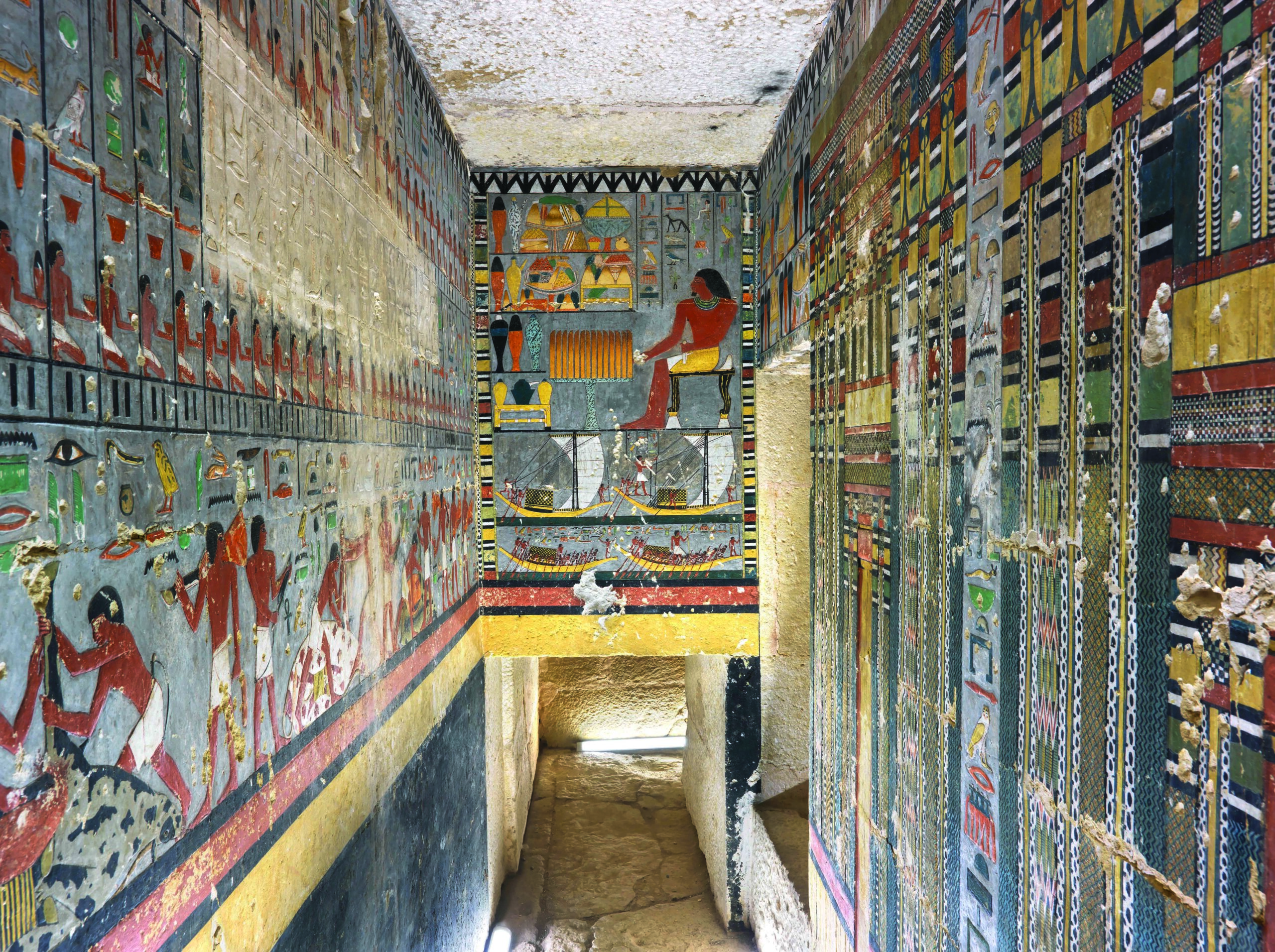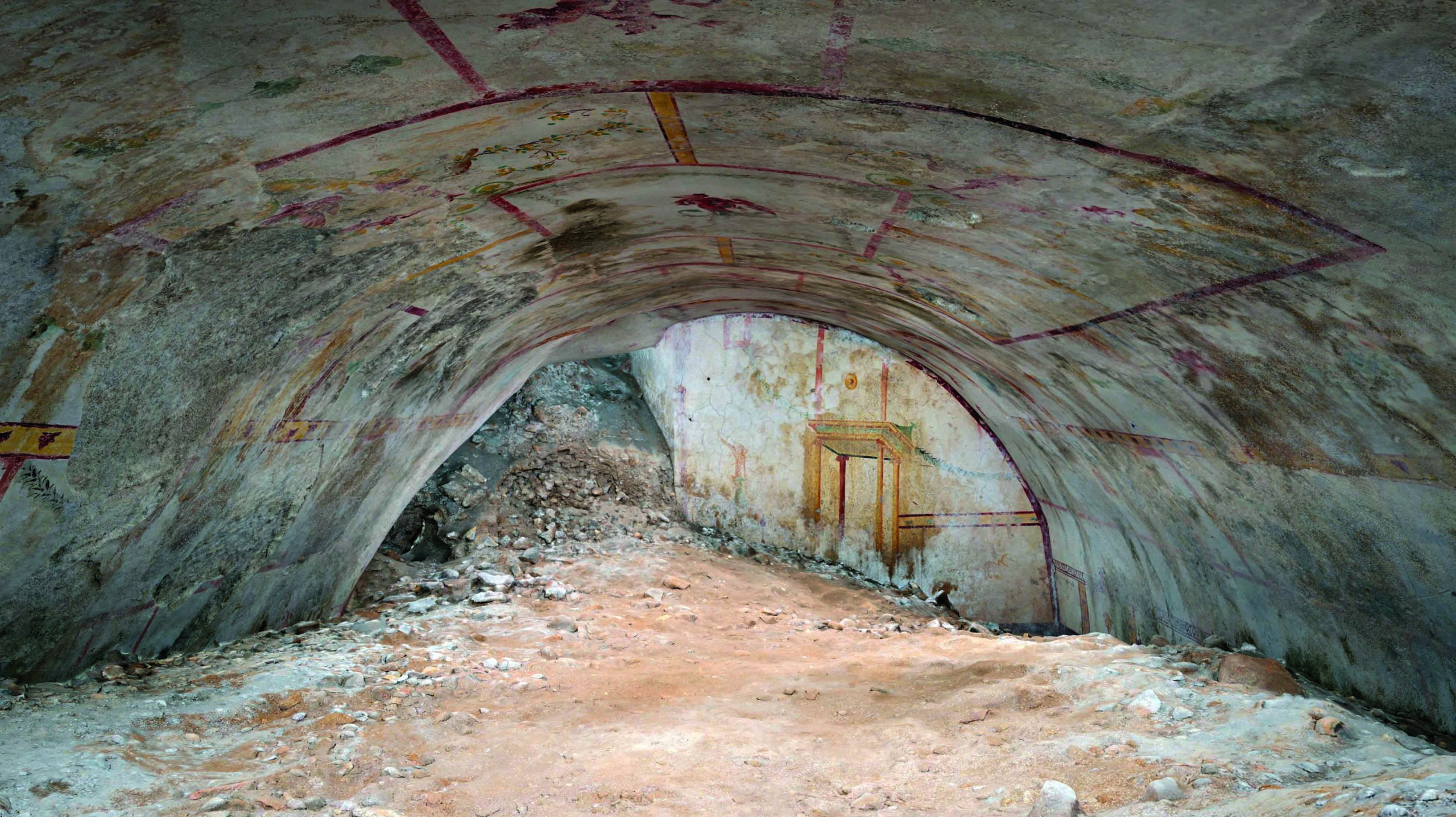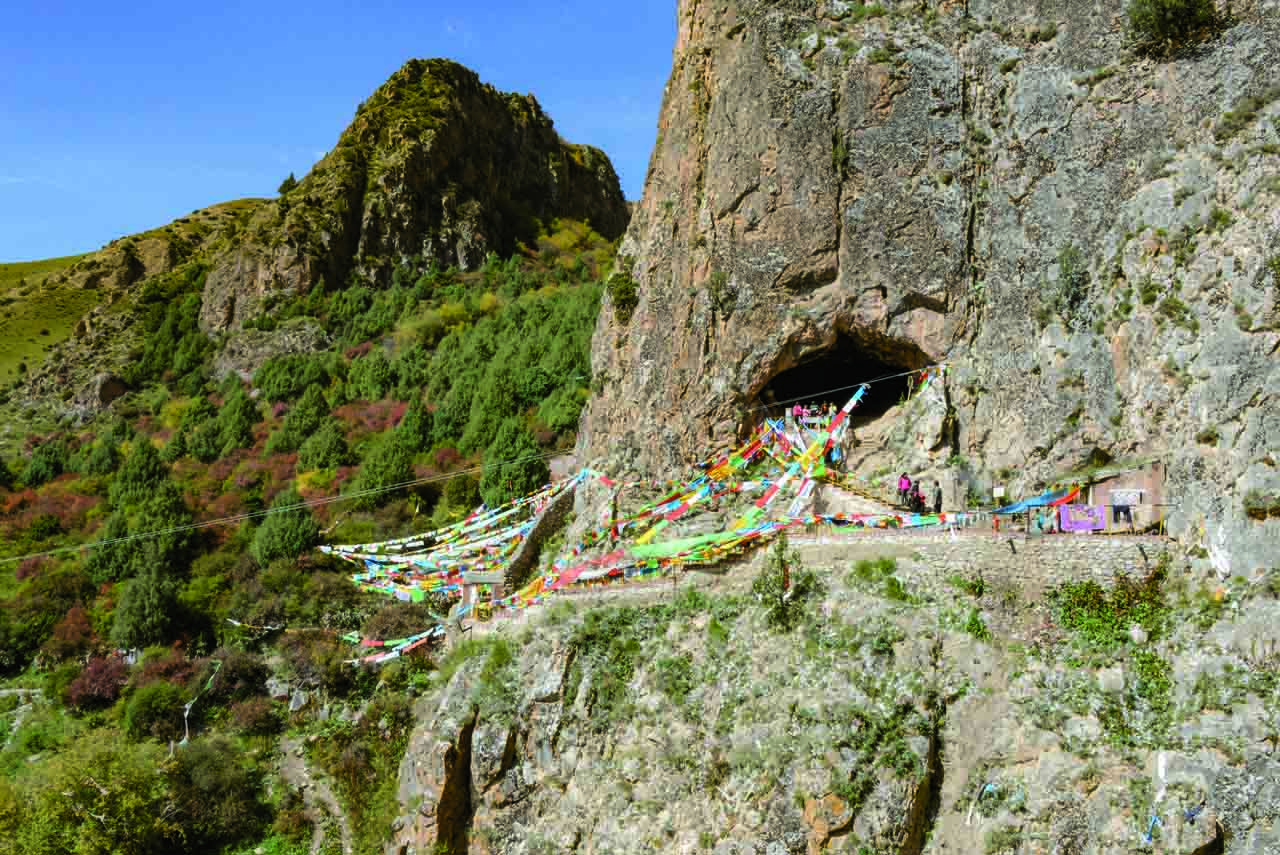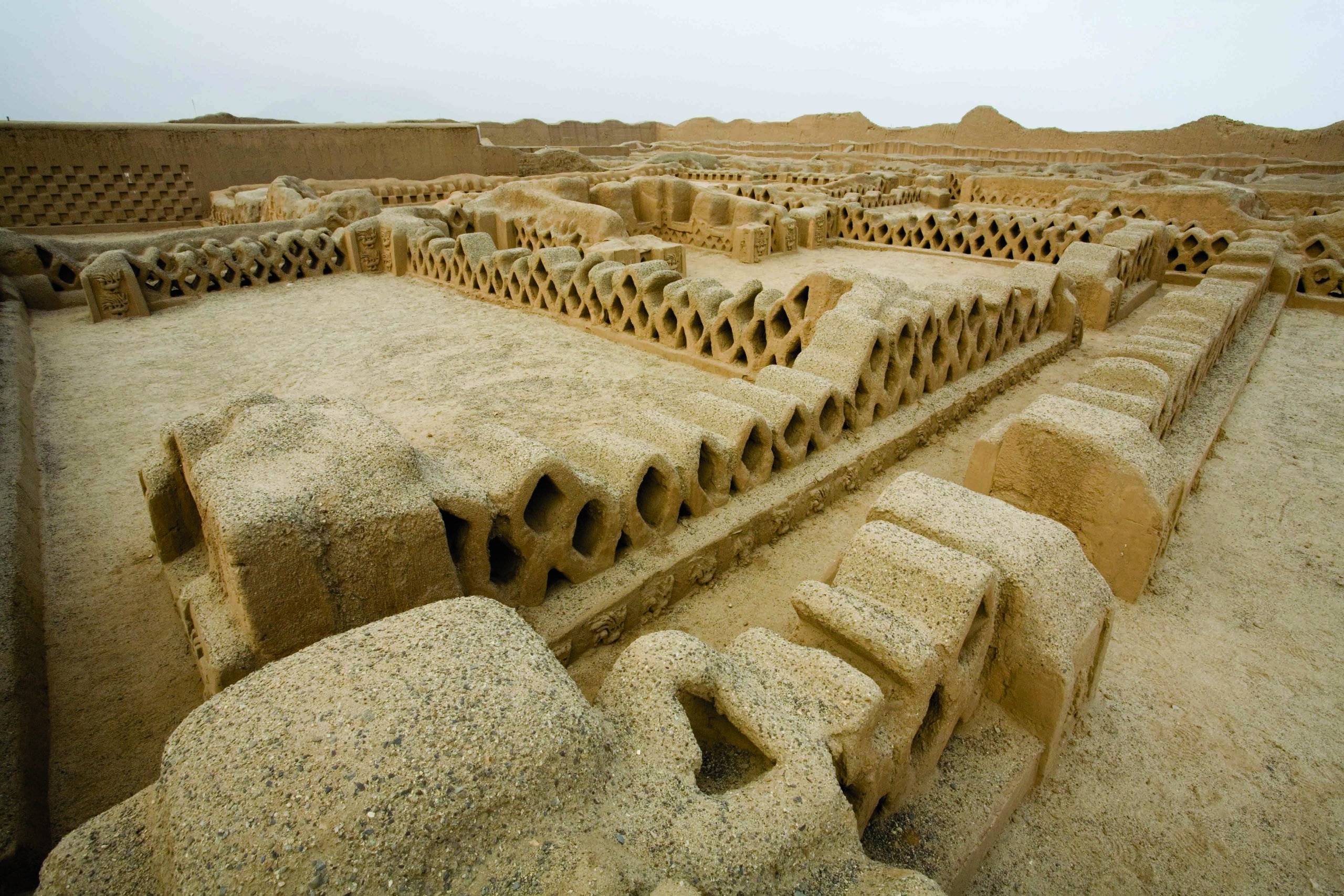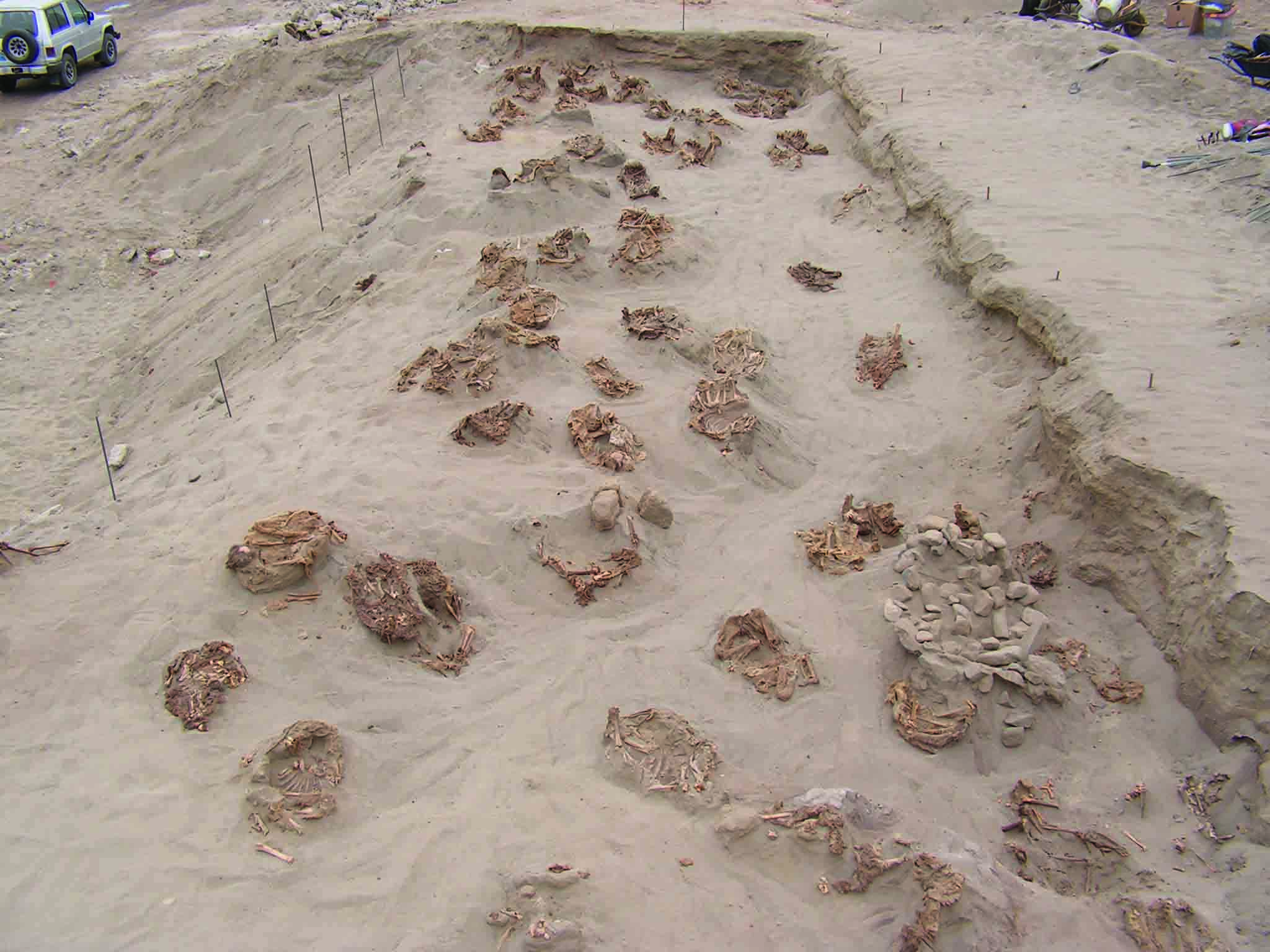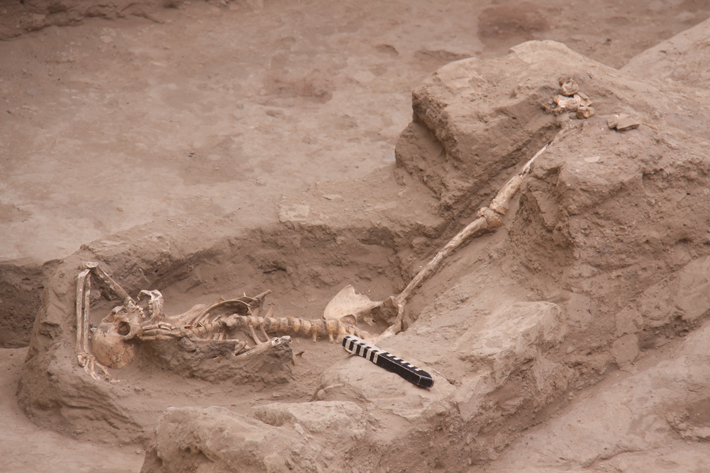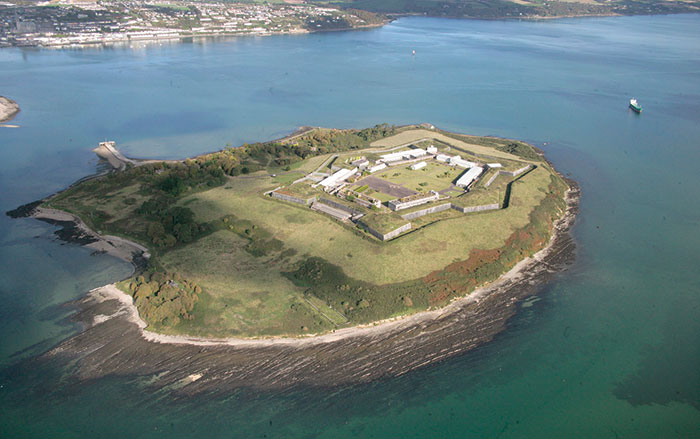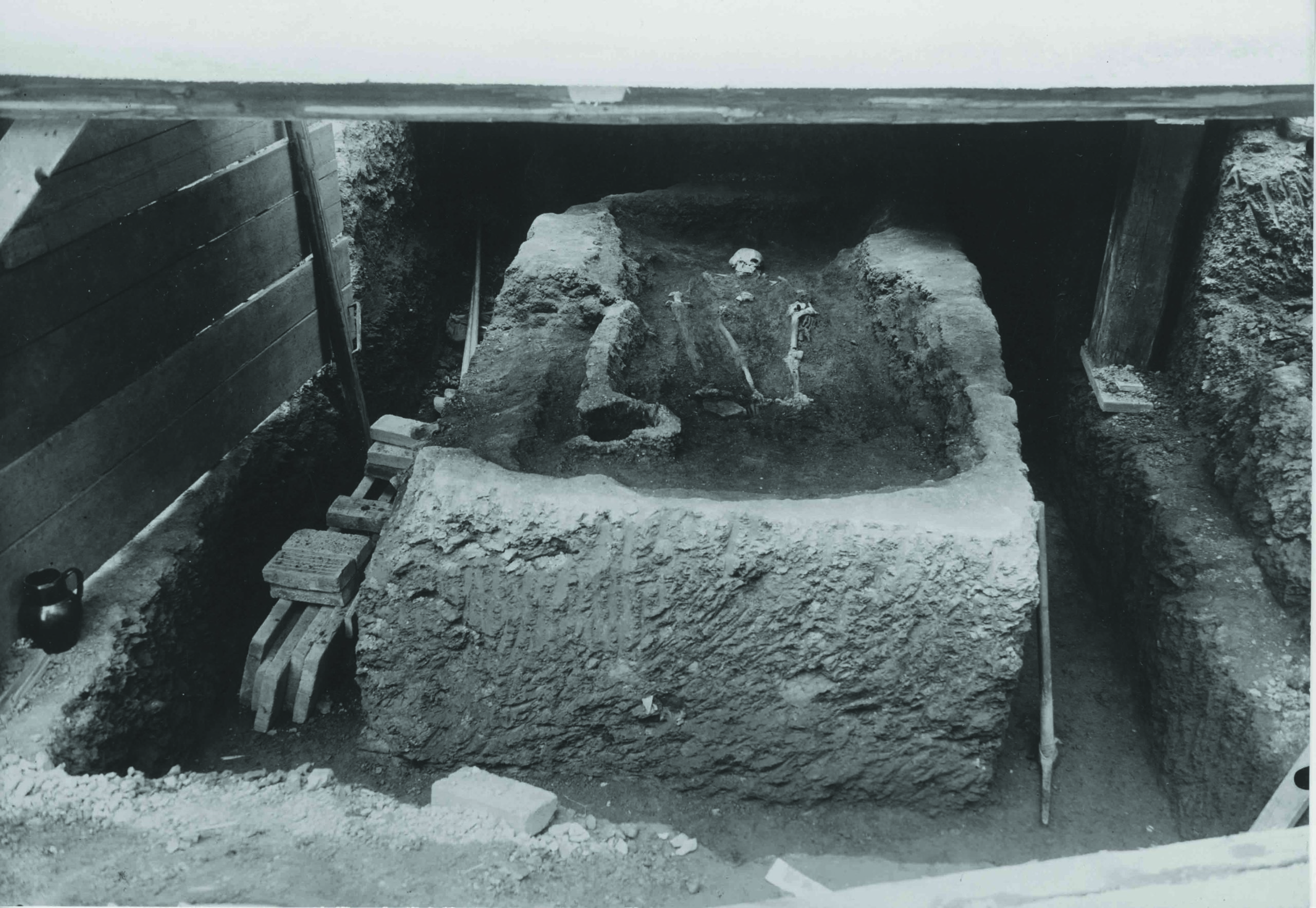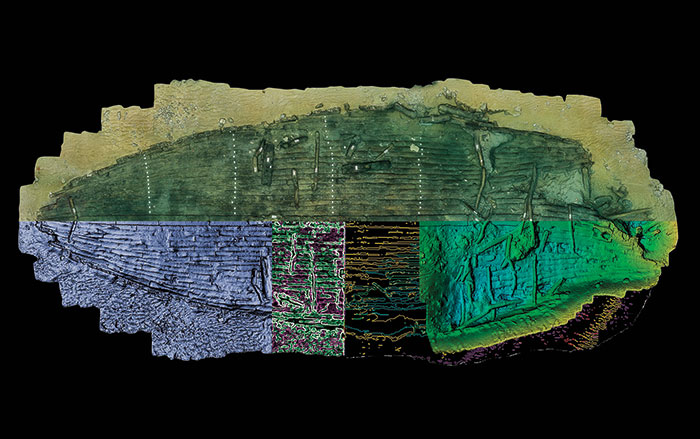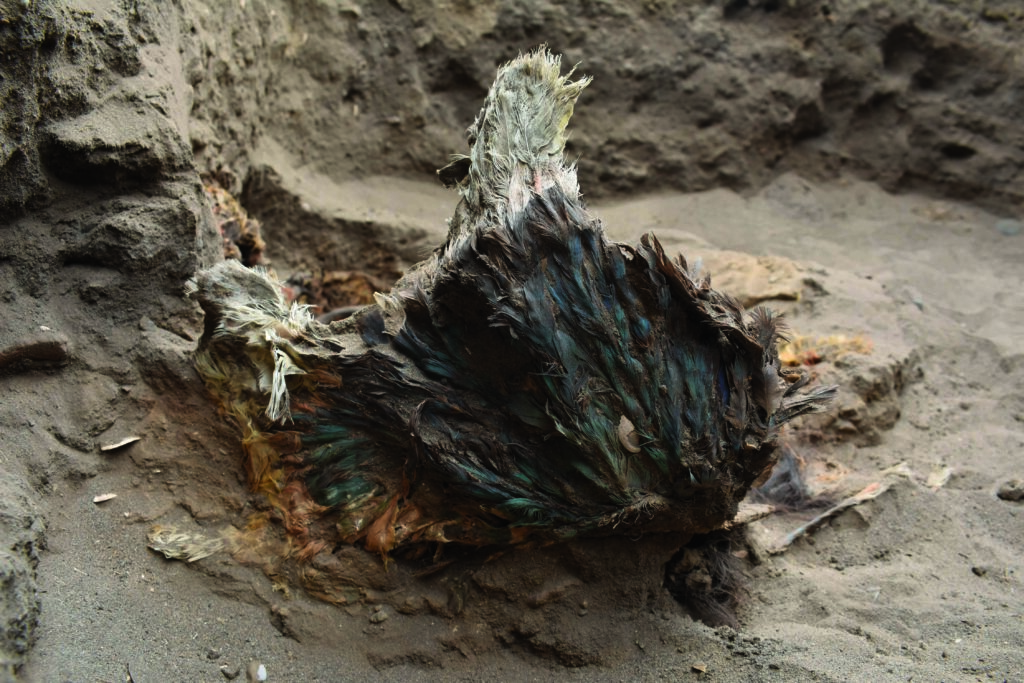
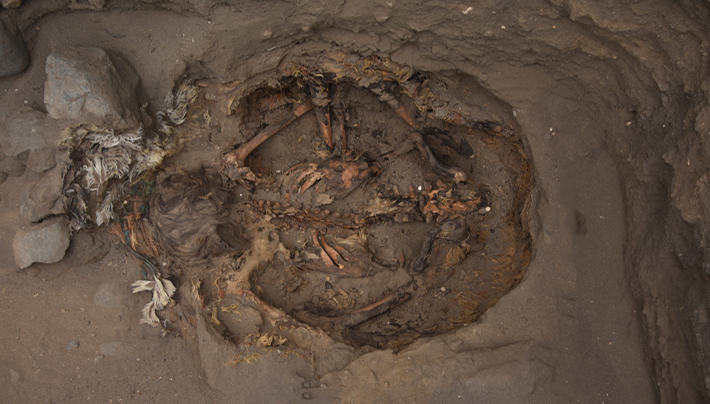
More than 230 children and nearly 400 llamas—along with evidence that suggests they were part of three distinct mass sacrificial events—have been discovered at the coastal site of Pampa la Cruz. The first of these events dates to around A.D. 1250, and is thus the earliest mass child and animal sacrifice in the region. Similar mass sacrifices have been found from later dates in the same area, and have been interpreted as offerings to the gods by the local Chimu people in response to the destruction wrought by El Niño events. But archaeologist Gabriel Prieto of the University of Florida believes the earliest Pampa la Cruz sacrifice may have had a political purpose. “It’s intriguing that this first sacrificial event occurred at exactly the time the Chimu were conquering people such as the Lambayeque, who lived in the valleys to the north,” says Prieto. “It’s fascinating to imagine that the victims may have been Lambayeque citizens brought here to celebrate those victories.”
Another possible interpretation is that the sacrifice was meant to honor Taycanamo, the legendary founder of the Chimu, who is said to have come from the sea and walked south to found the Chimu capital of Chan Chan around A.D. 1000. Pampa la Cruz overlooks the exact spot where he is thought to have landed.


